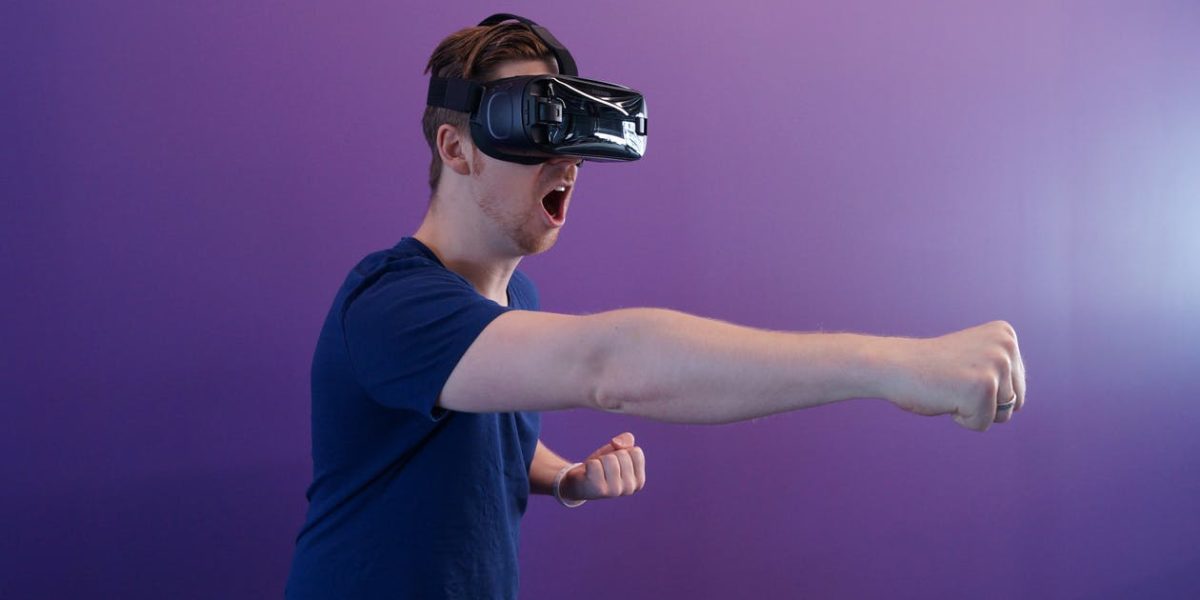Tech giants such as Microsoft, Google, and Facebook are integrating the new technologies of virtual reality (VR).
VR headsets are mostly seen as entertainment devices that throw the viewer into a video game or movie. However, VR will gradually grow its presence in the business sector and other industries.
As virtual reality makes its way into our everyday lives, what might this say about escapism and the pursuit of another reality? Below are four reasons why VR feeds society’s need to escape.
1) Creation of new worlds
With virtual reality, consumers can create entire new worlds to their liking. Gamers may customize their own avatar by giving themselves different hair, skin color, body composition, or even turn themselves into animals or mythical creatures. In their VR world, users may also run their own city or country crafted entirely from their own imagination.
2) Distraction from real life
People can distract themselves from the issues and banality of every day life when immersed in virtual reality. Those who find their lives uninteresting or uneventful may turn to the entertaining world of VR. Others may use VR as a coping mechanism to avoid facing personal problems or push aside uncomfortable thoughts and feelings that may need confronting.
3) Stimulation of the senses
Virtual reality can stimulate human senses in ways that were never possible in the past. The popularity of 3D movies alone show that people love to feel as if they’re in a fantasy world surrounded by exciting characters. With VR, not only do users view their environment in 3D and in 360 degrees, but users can interact with other players with body movements. Imagine the power of VR once other senses such as touch or taste can be integrated.
4) Instant gratification
In this technological age, the need for instant gratification has become pronounced, and virtual reality can make matters worse. Studies already show the psychology and correlation between instant gratification, excessive social media use, and constant entertainment. When entranced in VR through the senses, people may need continuous instant gratification.
To be fair, virtual reality also has its positive side. Cedars-Sinai Medical Center found that patients experienced less pain after viewing calming video imagery using VR. VR may also help with disaster response training, social anxiety therapy, and other beneficial activities.
Perhaps monitoring our use VR may keep us aware of what we’re trying to accomplish or what we’re trying escape from. Virtual reality seems to support passivity in life and relationships, and we must not mistake virtual reality for reality itself.



